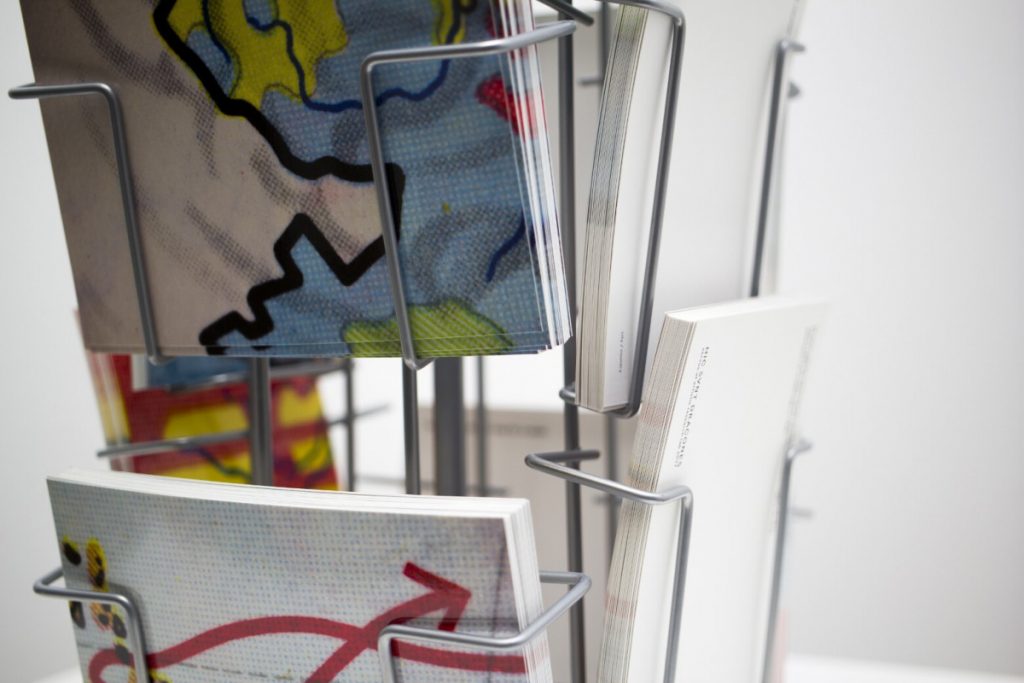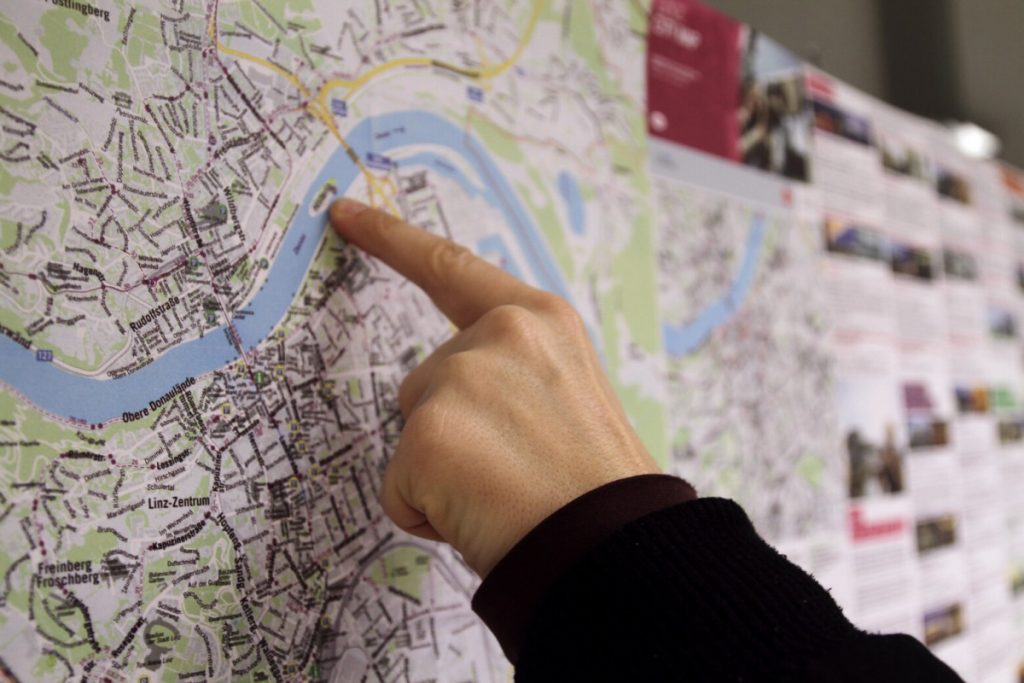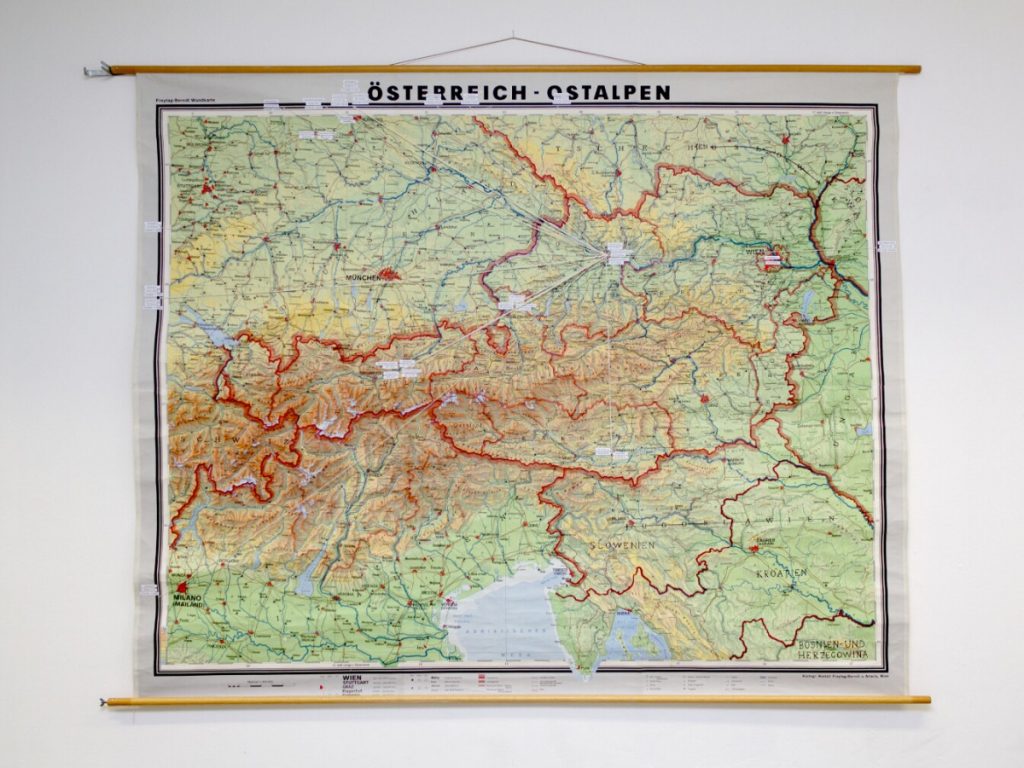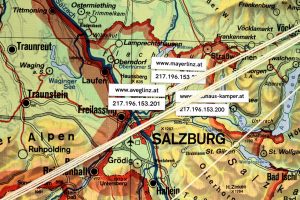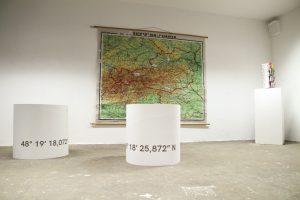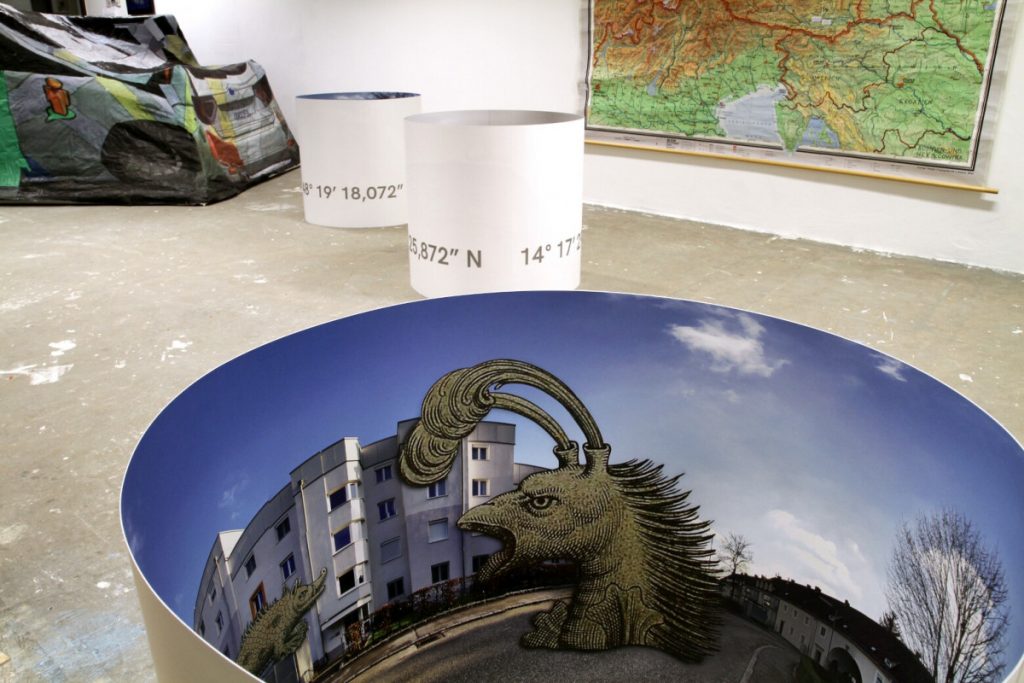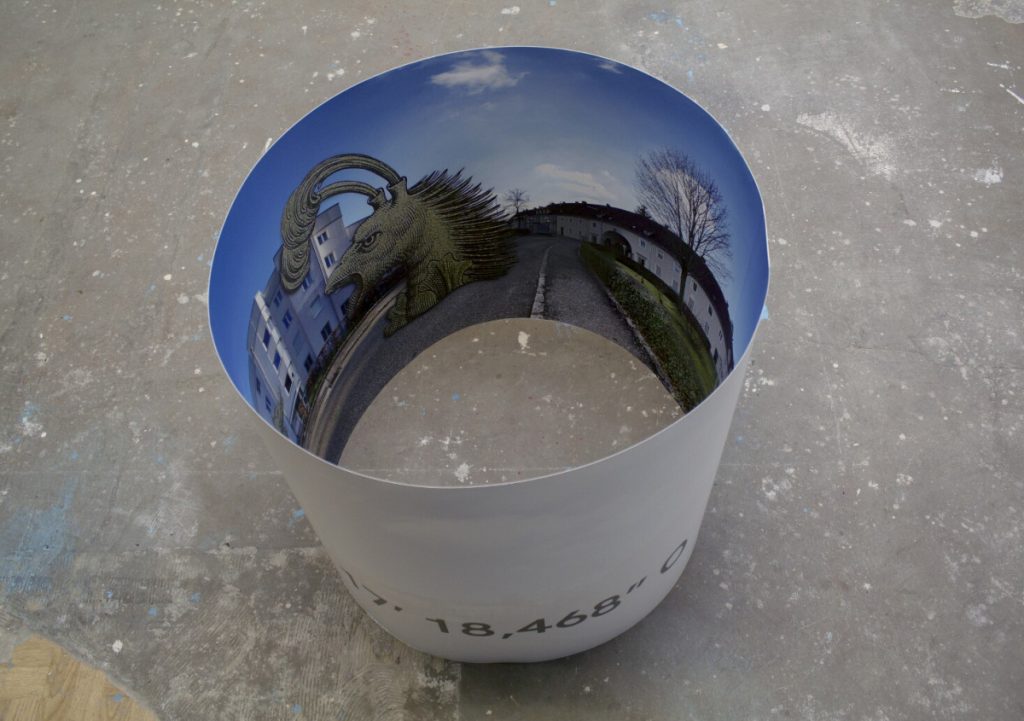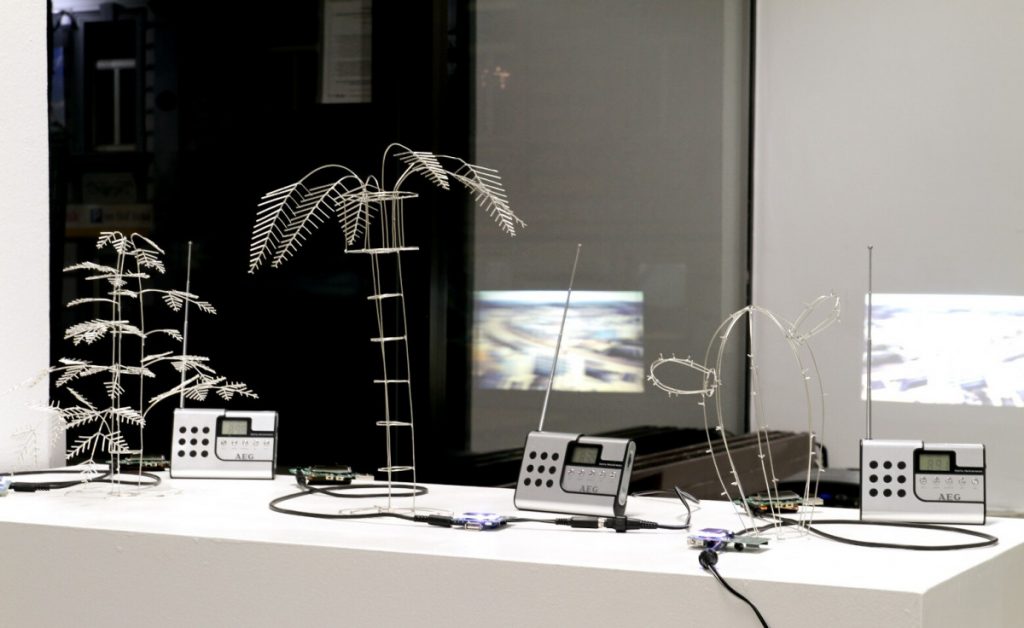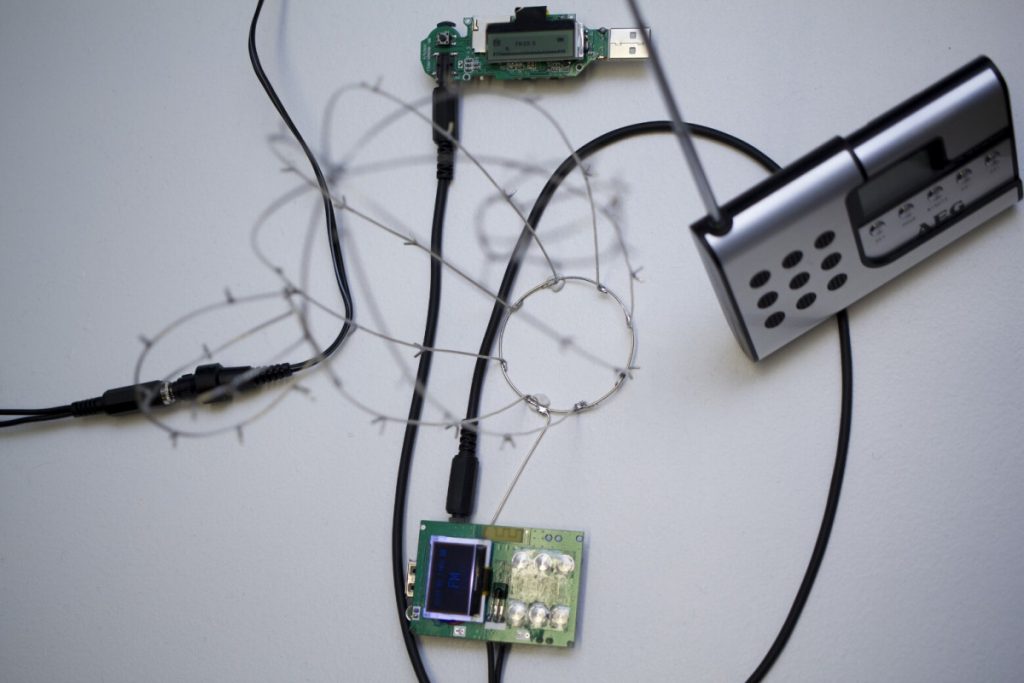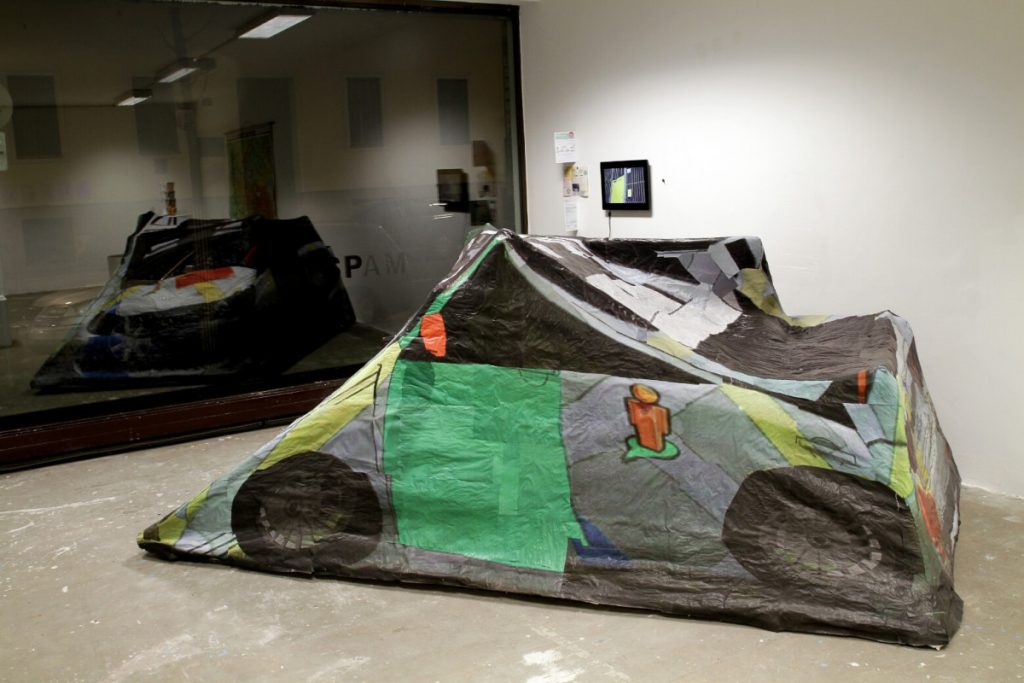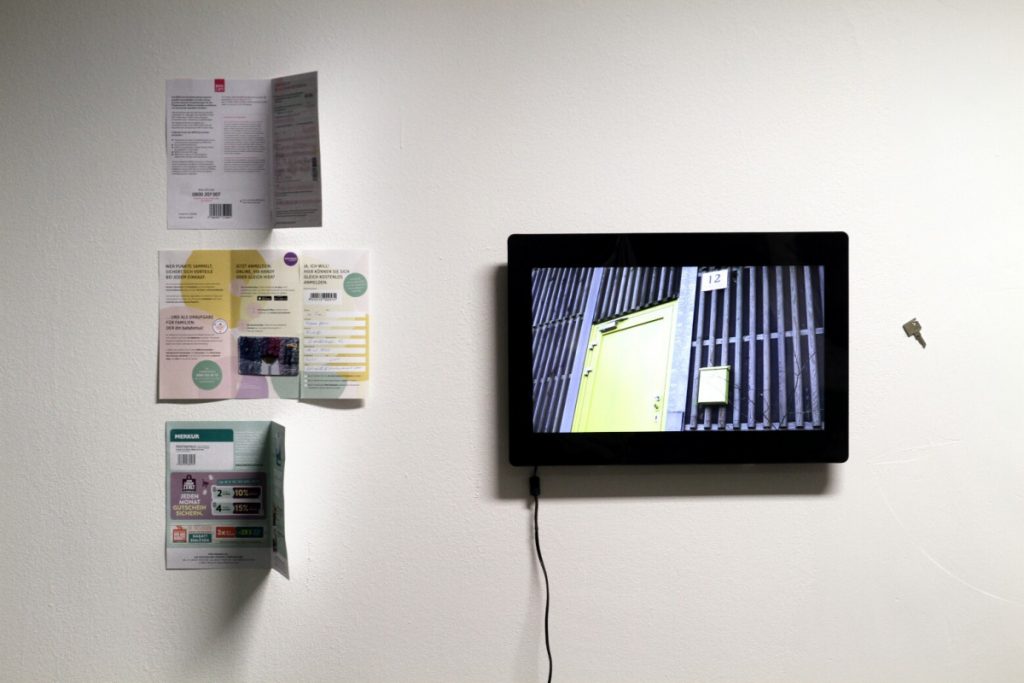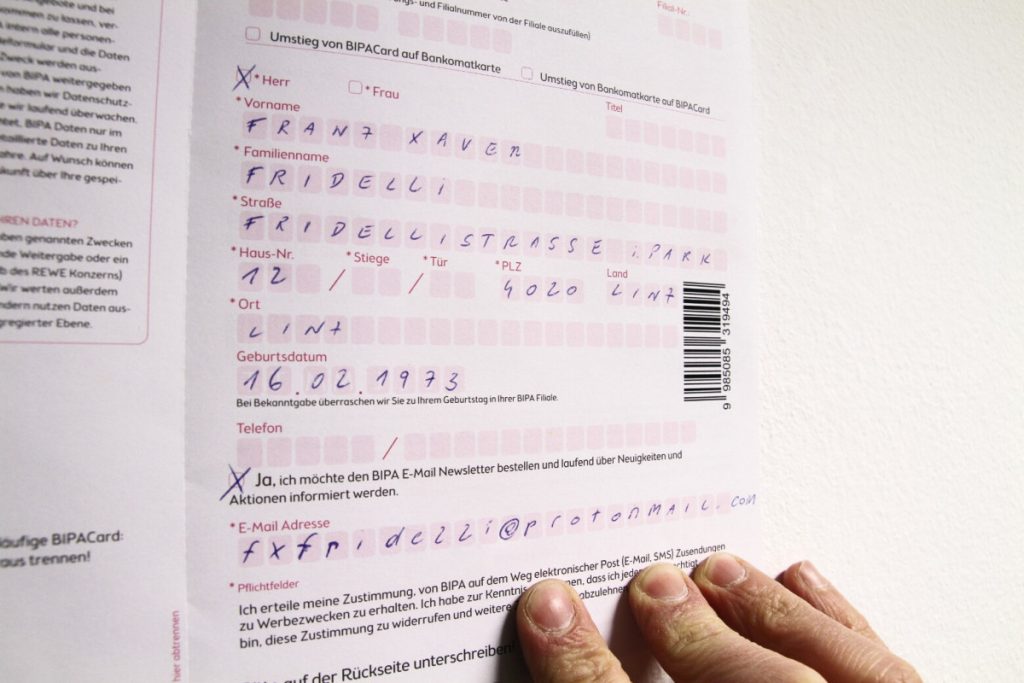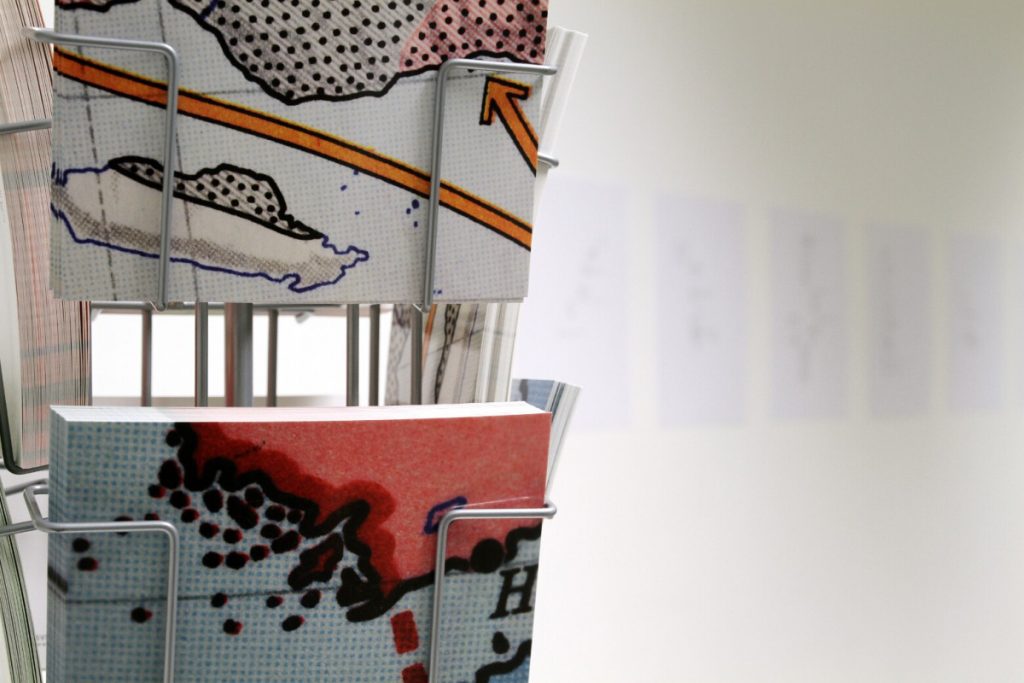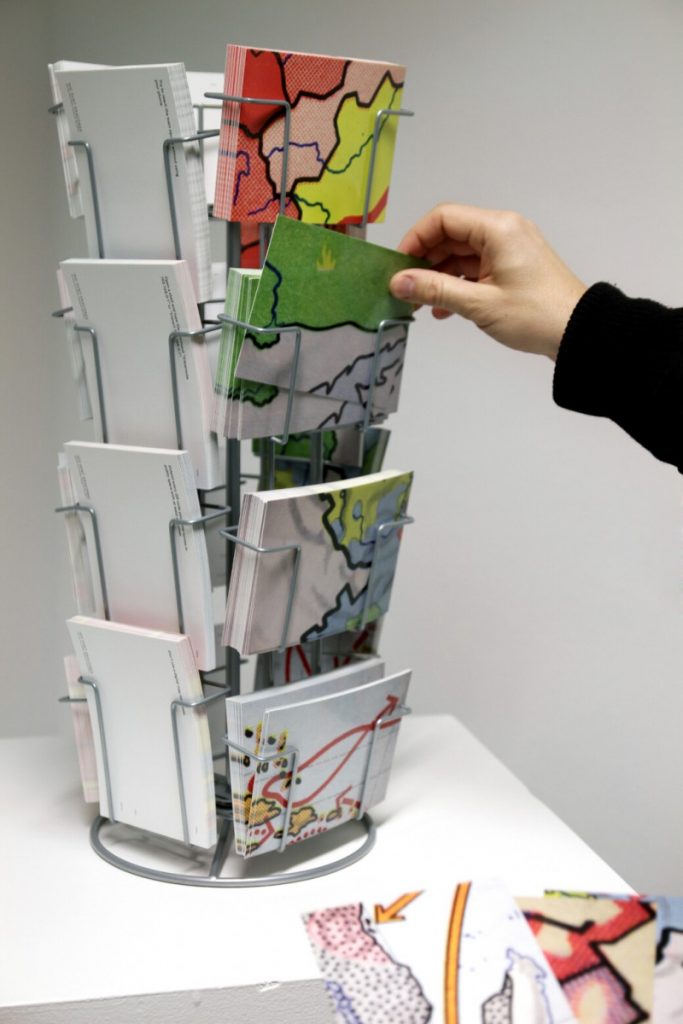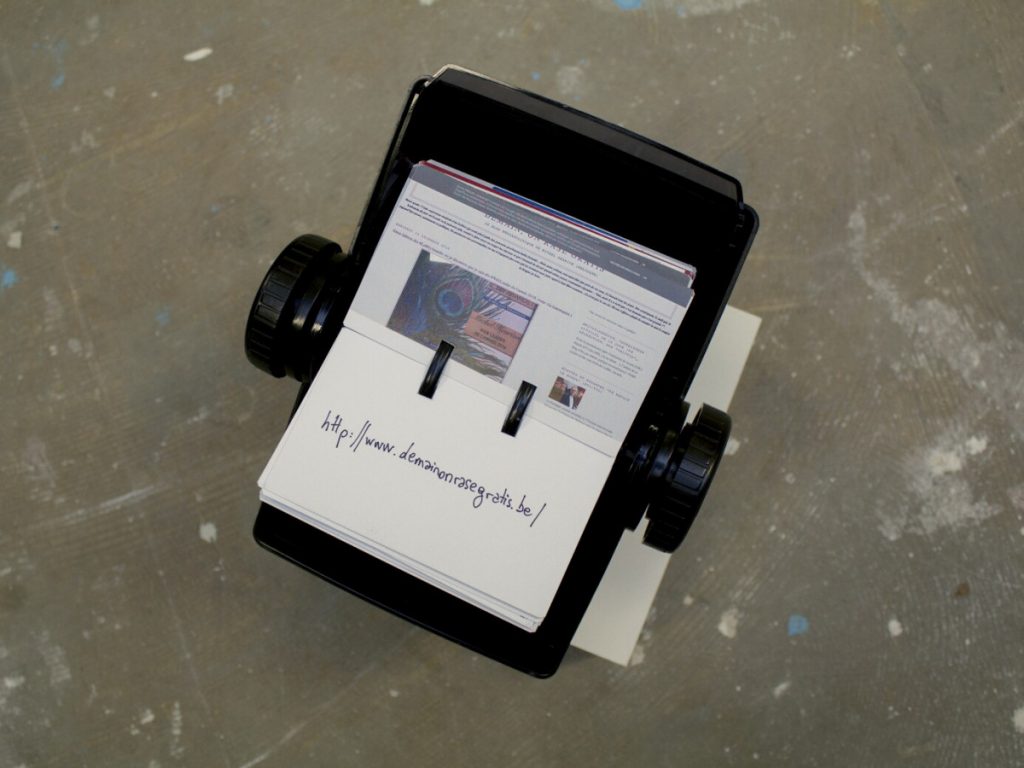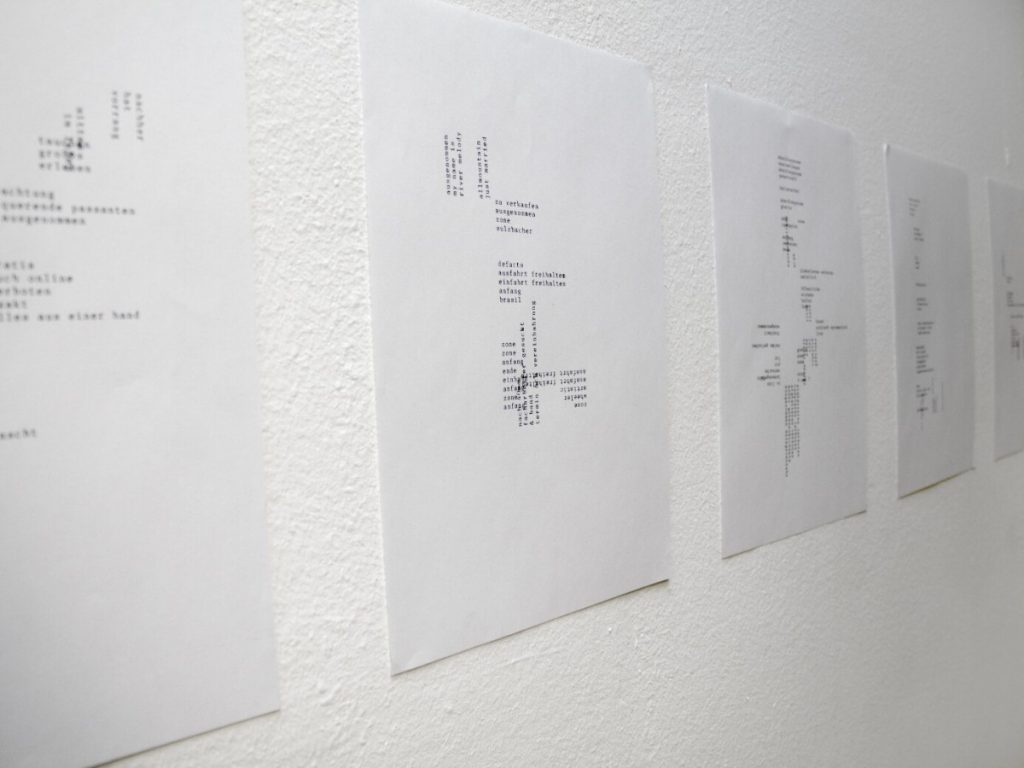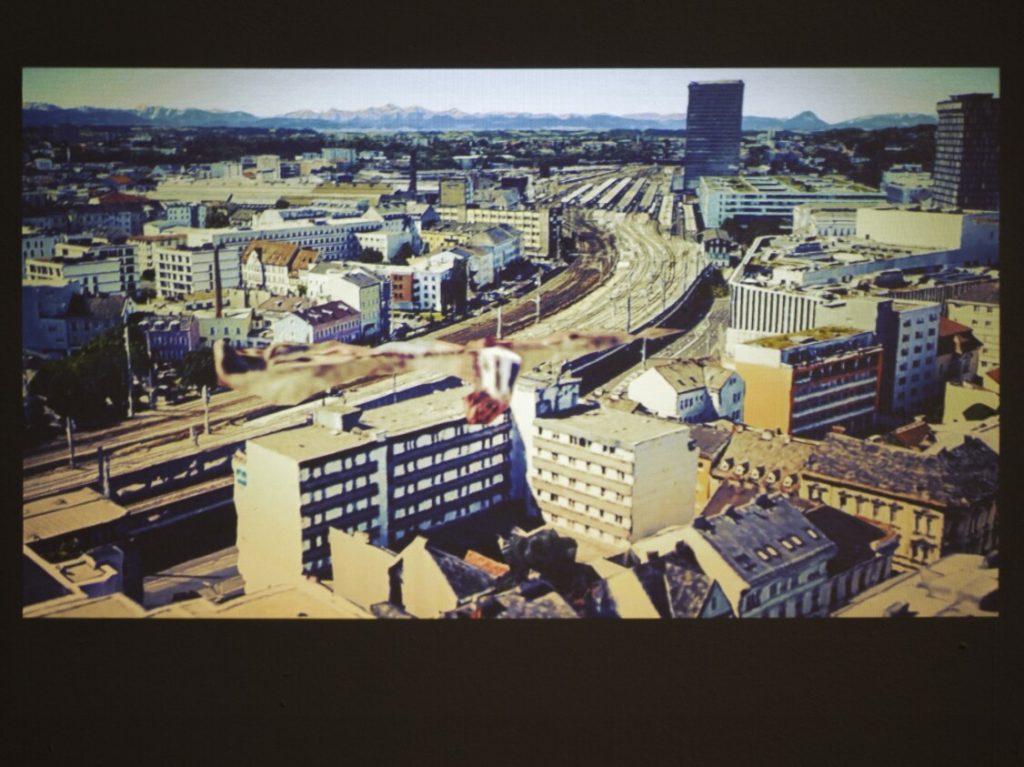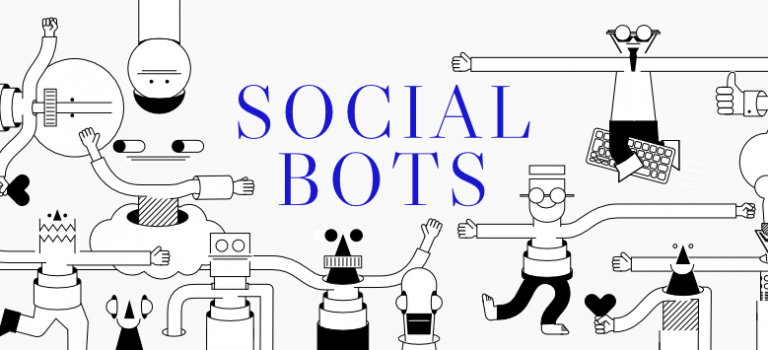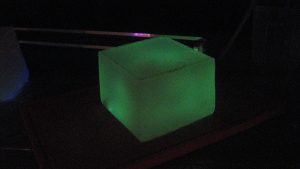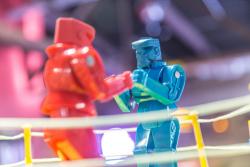Wer heute Fake News sagt, empört sich auch ein stückweit über die Wirklichkeit, in der vieles in Unordnung geraten scheint, insbesondere im Hinblick auf Autorschaft und Autorität. Dieser Aspekt wird in der aktuellen Diskussion nicht ausreichend gewürdigt. Meistens liegt der Fokus darauf, unwahre Botschaften zu diskreditieren. Dabei wird grundsätzlich vorausgesetzt, dass es nur so etwas wie wahre Botschaften geben darf, ja: dass nur sie eine Existenzberechtigung haben.
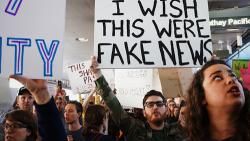
Foto: Kayla Velasquez, CC0
https://unsplash.com/@km_mixedloev
Doch gehört es nicht auch zur Demokratie darüber zu streiten, was wahr ist und was unwahr? Fake News ist heute auch ein Schlachtruf derer, die sich auf den Streit nicht einlassen wollen; Leute, die ihre Wahrheit gefunden haben, auch wenn ihnen letztlich nur soviel klar ist: dass sie die Wahrheiten anderer nicht akzeptieren können und wollen. Ob Trump-Befürworter oder Trump-Gegner.
Insofern stimme ich auch der Technologie-Forscherin danah boyd zu, wenn sie in der Fake-News-Debatte1 sagt: »Wenn wir technische Lösungen für komplexe sozio-technische Probleme suchen, können wir uns nicht einfach aus der Verantwortung stehlen und ein paar Unternehmen beauftragen, die Brüche in der Gesellschaft zu kitten, die sie sichtbar gemacht und verstärkt haben.«
Die Demokratisierung der Falschmeldungen
Der zentrale Grund dafür, dass die Idee von Fake News ein derart großes Ding werden konnte, dürfte vor allem die Vielfalt an Stimmen sein, die heute Aussagen über die Welt machen – und damit mal mehr, mal weniger energisch einen Anspruch auf Wahrhaftigkeit erheben. Falschmeldungen, Desinformationen und Propaganda im Allgemeinen haben Geschichte – doch heute sind es eben nicht nur die großen Institutionen und Autoritäten, die all das wie selbstverständlich in die Welt setzen können, sondern auch Max Mustermann, irgendein Algorithmus, ein gottverdammter Bot oder ein Whistleblower.
Wir müssen also nicht nur das Neue des Phänomens Fake News in Frage stellen, sondern auch die veränderten Bedingungen, unter denen heute vermeintliche Wahrheiten in die Welt gesetzt werden. Beginnen wir die Suchbewegung im Alltag: Neulich hörte ich den Satz »Du bist Fake News«. Das ist eine Variante von »Ich Chef, Du nix!«; ein Satz, der jedoch weitergeht und dabei unsere Lage präzise auf den Punkt bringt.
»Du bist Fake News« sagt nicht einfach nur, dass du ein schlechter Witz oder eine schlechte Nachricht bist, sondern eine nichtautorisierte Botschaft. Jemand, der das sagt, will nicht nur die Konfrontation (oder das Konfrontiert-Sein) nicht wahrhaben, sondern dem Absender das Recht absprechen, überhaupt zu konfrontieren. Dem Gegenüber wird die Existenzberechtigung abgesprochen.
Es ist eine Frage der Autorschaft, die hier im Raum ist. Konkreter, wie Autorschaft erlangt, bestätigt und behauptet werden kann. Wer darf sich herausnehmen, ein Autor zu sein? Die Rede von »Fake News« will hier Klarheit schaffen, indem sie eine Idee von Ausschluss in die Welt trägt. Doch Ausschluss ist hier nicht allzu klar definiert. Die Kriterien sind vage.
Wem Gehör schenken?
Dass wir uns daran gewöhnt hatten, ausschließlich erhabenen Subjekten Gehör zu schenken, also potenziellen Anwärtern auf den Nobelpreis oder angehenden bzw. amtierenden Demagogen – das ist ein Zustand, den wir hinterfragen sollten. Ich will noch nicht einmal sagen, dass wir unsere Idee von Erhabenheit und Subjektivität auf die Höhe der digitalen Gesellschaft bringen (das sicherlich auch), sondern schlicht und ergreifend, dass wir unsere Kriterien überdenken sollten: Wer bekommt meine Aufmerksamkeit? Wer nicht?
Soll auch der Pegida-Follower oder der Asylsuchende gehört werden? Sollen wir auch Bots und Algorithmen sowie Whistleblowern und Leakern Gehör schenken? (Hier ist freilich aktives Hören gemeint.) Zugegeben, das sind alles sehr unterschiedliche Sprecherpositionen, man könnte sagen, dass sie sich nicht über einen Kamm scheren lassen. Doch der gemeinsame Nenner ist: Erstens, es handelt sich um emergierende und tendenziell gesellschaftlich schlecht repräsentierte ‚Sender‘. Zweitens, sie haben keine Autorität und haben entsprechend einen prekären Autorenstatus. Kurz, sie sind potenzielle ‚Verfasser‘ von Fake News. Doch wenn wir nicht anfangen, emergierende und tendenziell schlecht repräsentierte Sender ernst zu nehmen, laufen wir Gefahr realitätsfremde Wesen zu werden.
Algorithmen und Fake News
Wir sind es inzwischen gewohnt, Empfehlungen für Kauf-, Konsum- und wichtige Lebensentscheidungen von Computerprogrammen entgegenzunehmen. Sie haben sich in unseren smartphone-gestützten Alltag eingeschlichen, ohne dass wir sie noch bemerken. Andere Entwicklungen wiederum stehen eher im Zentrum der Aufmerksamkeit: etwa Prognosen über Wahlausgänge oder Aktienkursentwicklungen, die in ähnlicher Weise auf der Basis möglichst vieler Daten, Szenarien und die Zukunft nicht nur prognostizieren, sondern auch entscheidend prägen.
Doch egal, ob sie nun mehr oder weniger unsichtbar sind oder als kleine Software-Stars daherkommen, kaum jemand stellt die alles entscheidende Frage: Wer ist Autor von algorithmischen Vorhersagen oder Empfehlungen? Ist es der Programmierer, der die Software entwickelt, ist es die Software selbst, die ein Eigenleben entwickelt und als künstliche Intelligenz zu agieren beginnt oder sind es jene, die den algorithmischen Wink überhaupt erst als Zeichen ‚lesen‘ und ihn erst dann in die Realität umsetzen – also wir, die wir nach Belieben Nutzer, Zuschauer oder Verbraucher sind.
Was ist eigentlich unsere Rolle, wenn Algorithmen beginnen, unser Leben vorzuzeichnen. Wer ist Autor? Gott und seine Stellvertreter sind inzwischen zweitrangig geworden. Künstliche Intelligenz ist auf dem Vormarsch, darüber schrieb Norbert Wiener bereits kurz nach dem Zweiten Weltkrieg. Nicht viele wollten das damals hören. Heute finden Wieners Thesen stärkeres Gehör, etwa wenn diskutiert wird, dass KI so etwas wie »technologische Singularität« mit sich bringt. Laut Wikipedia ist das der Zeitpunkt, an »dem sich Maschinen mittels künstlicher Intelligenz rasant selbst verbessern und damit den technischen Fortschritt derart beschleunigen, dass die Zukunft der Menschheit hinter diesem Ereignis nicht mehr vorhersehbar ist«.
Die Forderung nach Transparenz
In der politischen Diskussion wird zu selten die folgende Frage gestellt: Wer hat etwas zu sagen? Es ist, einmal mehr anders gewendet, die Frage nach Autorschaft und Autorität. Diese Frage ist übrigens auch dann im Raum, wenn NGOs wie Algorithm Watch Transparenz darüber fordern, wie Entscheidungsfindung via Algorithmus zustande kommt. Denn nur, wenn wir wissen, wie der jeweilige Algorithmus funktioniert – etwa der Suchalgorithmus von Google – können wir auch anfangen, die Frage nach Verantwortung und Autorschaft halbwegs substanziell zu diskutieren.
Die Transparenz-Debatte bringt aber auch einige Probleme mit sich. Ich erinnere mich noch an die ersten Großprojekte von Wikileaks, wie die Veröffentlichung von rund einer Viertelmillion diplomatischer Berichte der USA, und die erste große intellektuelle Auseinandersetzung mit dem Phänomen: eine Aktivisten-Plattform fordert eine Supermacht heraus. Das war 2010 und 2011. Damals stand nicht zuletzt die Frage im Raum, ob eine Transparenz-Initiative wie Wikileaks so etwas wie eine Agenda haben darf beziehungsweise was es bedeutet, wenn sie eine hat.
Eine Agenda zu haben, das bedeutet auch, dass die Neutralität der Plattform zur Diskussion stand: Engagiert sich Wikileaks für Transparenz nur in eine bestimmte (etwa: geo-politische) Richtung? Führt die Plattform vor allem einen Kampf gegen die Machenschaften der USA? Wenn ja, wessen Interessen würden damit bedient? Wer würde einen solchen Kampf finanzieren wollen? Schon damals stand Russland als möglicher Pate der Plattform im Gespräch. Kaum jemand fragte: Waren Interessen nicht schon immer im Spiel gewesen, als es darum ging, Informationen ‚durchzustechen‘ und für Transparenz zu sorgen?
Interessen können so unterschiedlich sein wie »Ich will mich in eine vorteilhaftere Position bringen« oder »Ich will für Gerechtigkeit sorgen«. Letzteres gilt als ehrenwerte Motivation für das Leaken. Ersteres nicht. Letzteres, also der Gerechtigkeitsimperativ, hat bei allen Debatten der vergangenen Jahre stark im Vordergrund gestanden, ersteres, also der strategische Nutzen, kaum. Nun vermischen sich die Diskurse. Seit einigen Monaten ist vom strategischen Leak die Rede – etwa im Blick auf die offengelegten E-Mails der Demokraten während des US-Wahlkampfs.
Auch in diesem Kontext geht es um Autorschaft und Autorität. Natürlich ist die Unterstellung einer Strategie, einer Voreingenommenheit, eines gewissen Interesses immer der Versuch, einen Leak und einen Whistleblower zu diskreditieren. »Aber das nutzt doch nur den Russen!«, ergo: es kann nur falsch sein, sprich: Fake News. Doch wir müssen lernen, sowohl über politischen Nutzen (also: wem nutzt der Leak?) als auch über politische Konsequenzen (also: was legt der Leak offen und was folgt daraus?) sprechen zu können.
Wir müssen dabei verstehen, dass das eine das andere nicht per se ausschließt. Nur weil ein bestimmter Leak »den Russen« nutzt, muss er nicht zwangsläufig Fake News sein. Er muss so oder so ernst genommen werden – sowohl im Hinblick auf Autorschaft als auch auf Autorität. Nicht nur Journalisten, sondern auch die Nutzerinnen und Nutzer von sozialen Medien sollten ihre W-Fragen (»Was« und »Wo«) konsequent um das »Wer«, »Wie« und »Warum« ergänzen.

